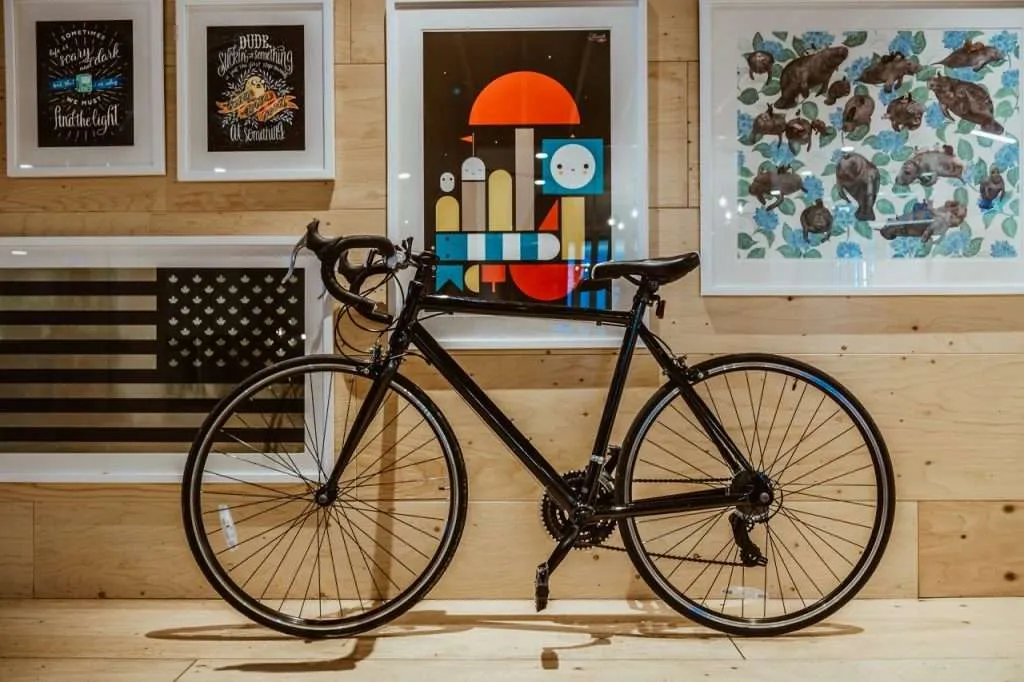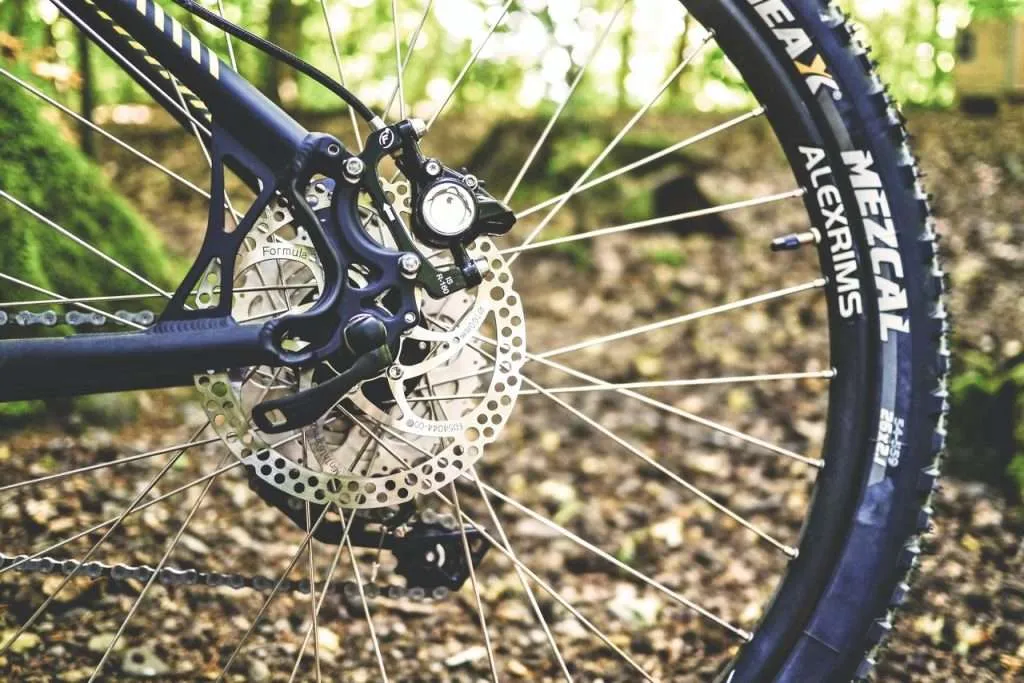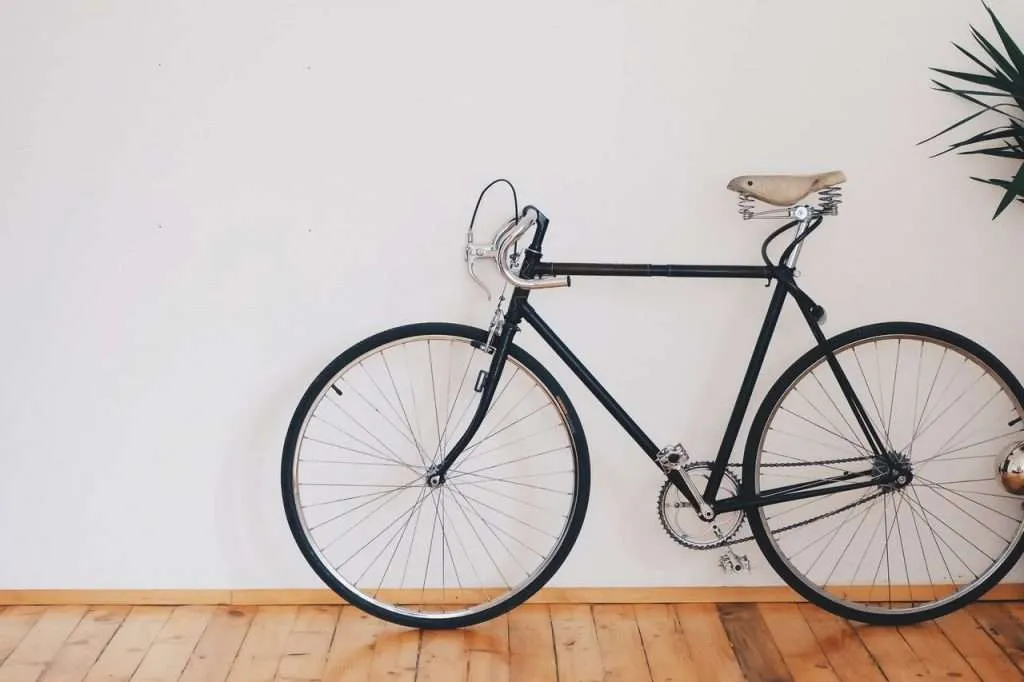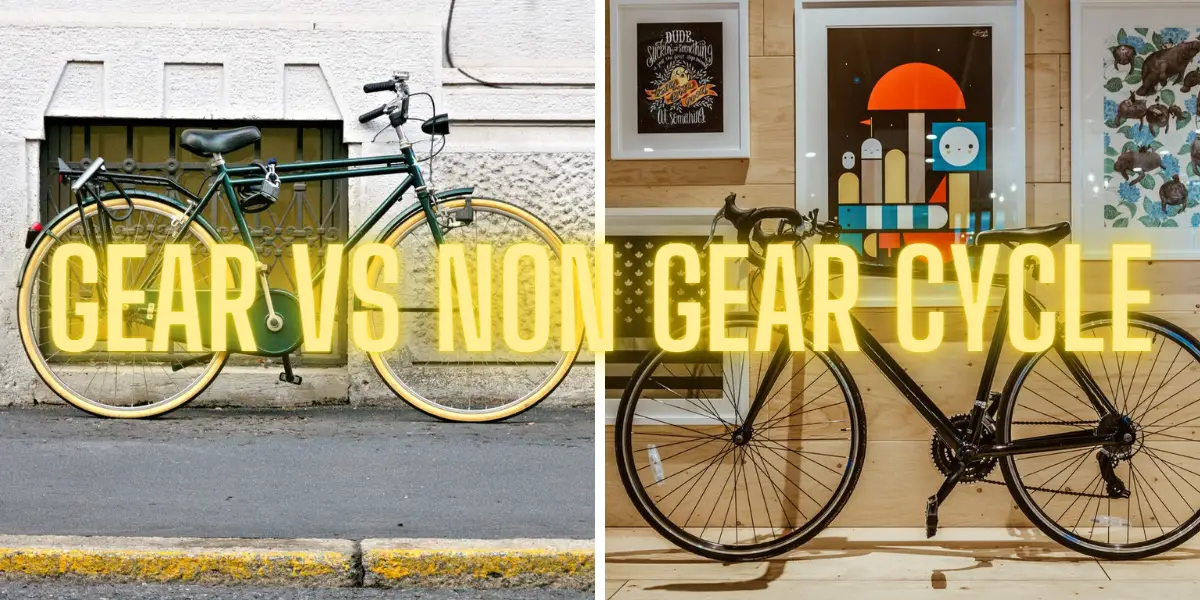When comparing bikes today, a majority of the conversation is about what terrain type bike to get; road, mountain, gravel, fat tire and even electric now. It’s understandable. Those are the only types of bicycles we generally hear about now. However, all bicycles can be classified as geared or non-geared bikes.
Honestly, I personally only remember ever riding bicycles with multiple gears, but I decided to do some research and actually find out what the differences are between geared and non-geared cycles.
Quick Summary: Geared vs Non-geared cycles
In general, geared cycles are fast and super convenient while their non-geared siblings are significantly cheaper and easier to maintain. There are more differences though, I’ll get into all that below. First off, let’s get into what geared and non geared cycles are.
What are geared cycles

Geared cycles are exactly what their name implies. It’s a bike with gears. To be more specific, it is a bicycle with more than one gear ratio or speed. Geared cycles have shifters to help the cyclist decide what gear they’d like to pedal at.
For example, when biking uphill, you should reduce the gear ratio to make it easier for you to pedal uphill. Reducing the gears decreases the resistance of the bike pedals against your leg muscles so you pedal faster and reduce the stress on your legs.
On the other hand, if you’re late to class and want to speed up, you can shift the gears up. This increases the resistance of the pedals (gear ratio). You gain more speed for each revolution (rotation) while also requiring more energy from your legs.
In technical cycling terms, geared cycles help you maintain cadence. Cadence is a fancy word for rhythm. It is the rate at which you pedal when cycling. It is measured in RPMs (rotations/revolutions per minute).
A slow cadence is called “grinding” or “mashing” while a fast cadence is called “spinning”. This is where the “spinning” in “spinning class” got its name.
How geared cycles change gear ratio
For the bike nerds among us, geared cycles come with derailleurs. These derailleurs are the system that change gear ratios in geared cycles. A derailleur is a variable ratio bicycle gearing system. It consists of a chain, multiple sprockets and a mechanism to move the chains from one sprocket to another. A geared bike generally has two derailleurs: front and rear derailleurs.

Today’s front and rear derailleur systems include a moveable chain-guide that is operated by a bowden cable which is connected to the shifter on your bike. When you change the gear on your bike while pedaling, the change in cable tension moves the chain guide from side to side. Thus, derailing the chain into different sprockets.
Side note: Derailleur is actually a French word for derailment i.e. derailing a train off its track.
Advantages of geared cycles
Geared cycles have a bunch of advantages over non-geared bikes.
- Comfort: Geared cycles require much less physical effort than non-geared bikes because you can change the gears to match whatever cadence you prefer. Geared bikes also remain comfortable to ride on long distances, uphill as well as downhill and on uneven terrain
- Smooth Riding: Geared bikes allow you to maintain smooth acceleration and cadence because you can select whichever gear you prefer.
- Versatility: Geared bikes handle slopes, hills and flat terrain equally well
- Speed: Geared bicycles are faster than non-geared cycles
What are fixed gear (or single speed) bikes?

Non geared cycles are single speed bikes. Really, there is only one gear with non geared bicycles. Non geared bikes were the original (traditional) bicycles. They have one gear ratio and the harder you pedal, the faster your bike goes. Your bike speed is totally dependent on your pedaling speed.
Types of single speed bikes
There are two types of non geared bicycles:
- Free wheel
- Fixed wheel
The difference between free and fixed wheel non-geared bikes depends on the connection between the bike pedal and the rear wheel.
Free Wheel Non Geared Bikes
Free wheel gearless bicycles are the most popular gearless cycles on the market. Here, the rear wheel cassette isn’t fixed to the pedal. The rear wheel can move when the bike pedals aren’t. In other words, the rear wheel is free to move regardless of the pedal.
The easiest way to think about this freedom of movement is when a free wheel gearless bike rolls downhill. Gravity lets a free wheel gear cycle roll downhill without the need to pedal.
Similarly, you can cruise on flat terrain with a free wheel non geared cycle if you have reached a high enough speed.
Electric bikes are all the rage these days, find out how fast they can go
Fixed Gearless Cycles or Fixie Bicycles
Fixie bikes (fixed non geared bikes) have their rear wheel cassette fixed to the bike pedals. This means the rear wheel, and the bike can only move when you pedal. This design allows you to control the speed of your bike with just your legs. No need to brake.
Therefore, fixie bikes require more physical exertion than their free wheel counterparts. This is why fixed non geared cycles are mostly used for indoor cycling and racing. A spin bike, for example, is a fixed gearless cycle. There is no coasting, but this is part of the exercise workout this type of bike gives you.
Advantages of fixie (non-geared) bikes

Even though, they are less popular today, gearless bikes have their own pros:
- Affordable: Gearless bikes are cheaper than geared cycles because they are less complex to manufacture.
- Low Maintenance: Non geared cycles are very easy to maintain due to having less moving parts than geared bikes.
- Easy to use: Single speed bikes are easier to use than geared bicycles. There is no need to control gear. Just get on your bike and ride. This is why most kids’ bikes are gearless.
- Lightweight: Fixie bikes tend to be lighter than geared bikes.
Planning a bike ride, find out how long it would take you to cycle 10 miles
Differences between geared and non geared cycles
When comparing geared to non geared cycles, I think it’s best to look at a table. I’ve listed the major differences between the two types of bikes.
| GEAR VS NON GEAR CYCLE | Geared | Non-geared |
| Technology | Variable multiple-gear ratio | Single gear ratio |
| Price | More expensive | Cheaper |
| Ease of use | More technical | Easy |
| Convenience | Very convenient, especially on muscles and on long rides | Less convenient, especially on long rides and muscles |
| Versatility | Can handle different terrains | Generally for flat terrain |
| Maintenance | More complex & costly to maintain | Easy to maintain |
| Speed | Faster | Slower |
| Weight | Heavier | Lighter |
Gear vs Non gear cycle: Which bike should you buy?
In addition to the differences listed above, non-geared bicycles are very good for young children, especially first-time riders who might find geared bikes complicated.
On the other hand, geared bikes are extremely popular because they are versatile and fit the needs of most people, so for a comfortable, versatile bike, a geared bike is best.
In conclusion, if you have specific needs like your kid’s first bike, indoor biking or you want a cheap, easy to maintain bike dedicated to just commuting, choose a quality gearless bicycle. For the majority of us, a geared bike is probably the best choice.
Ever wondered why male and female bike frames are different, find out the 9 major differences between men’s and women’s bikes


